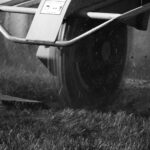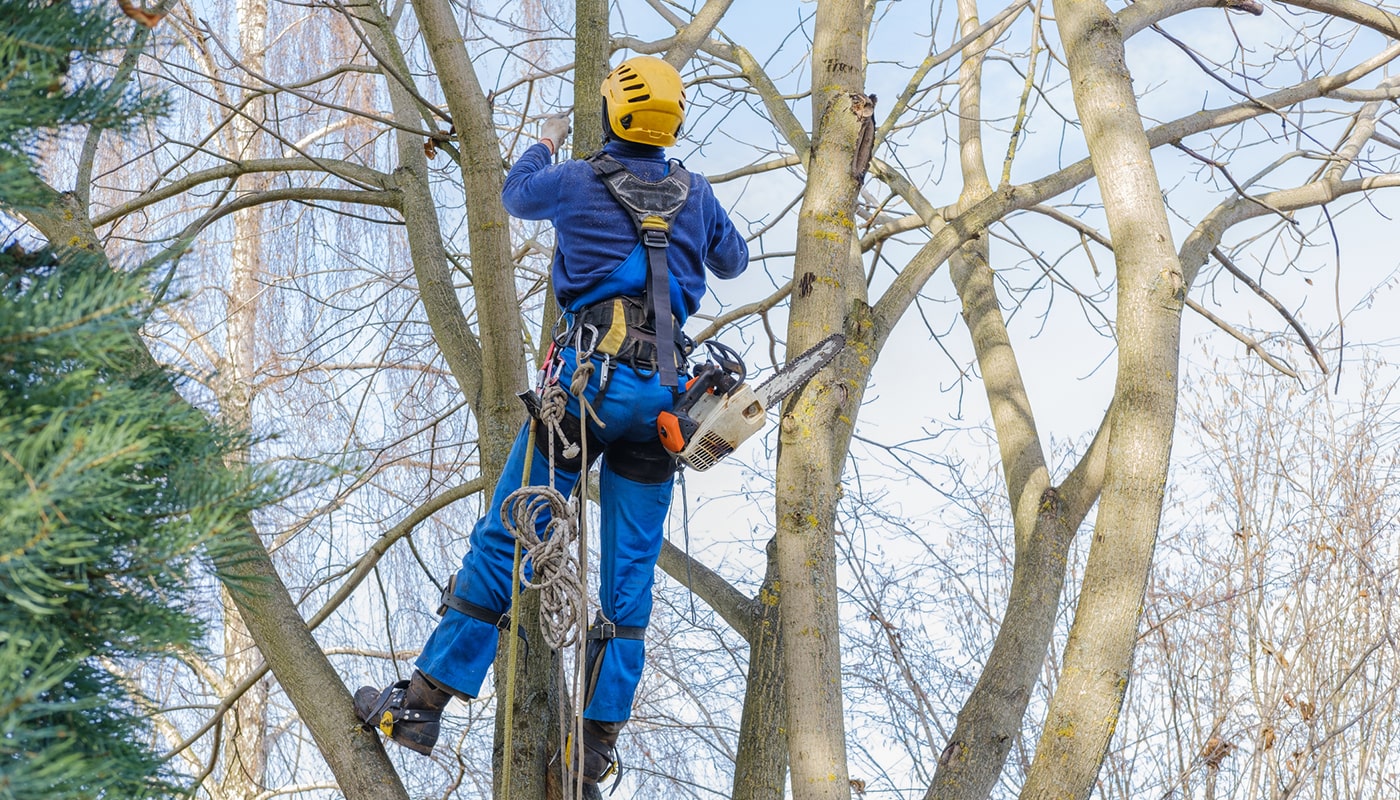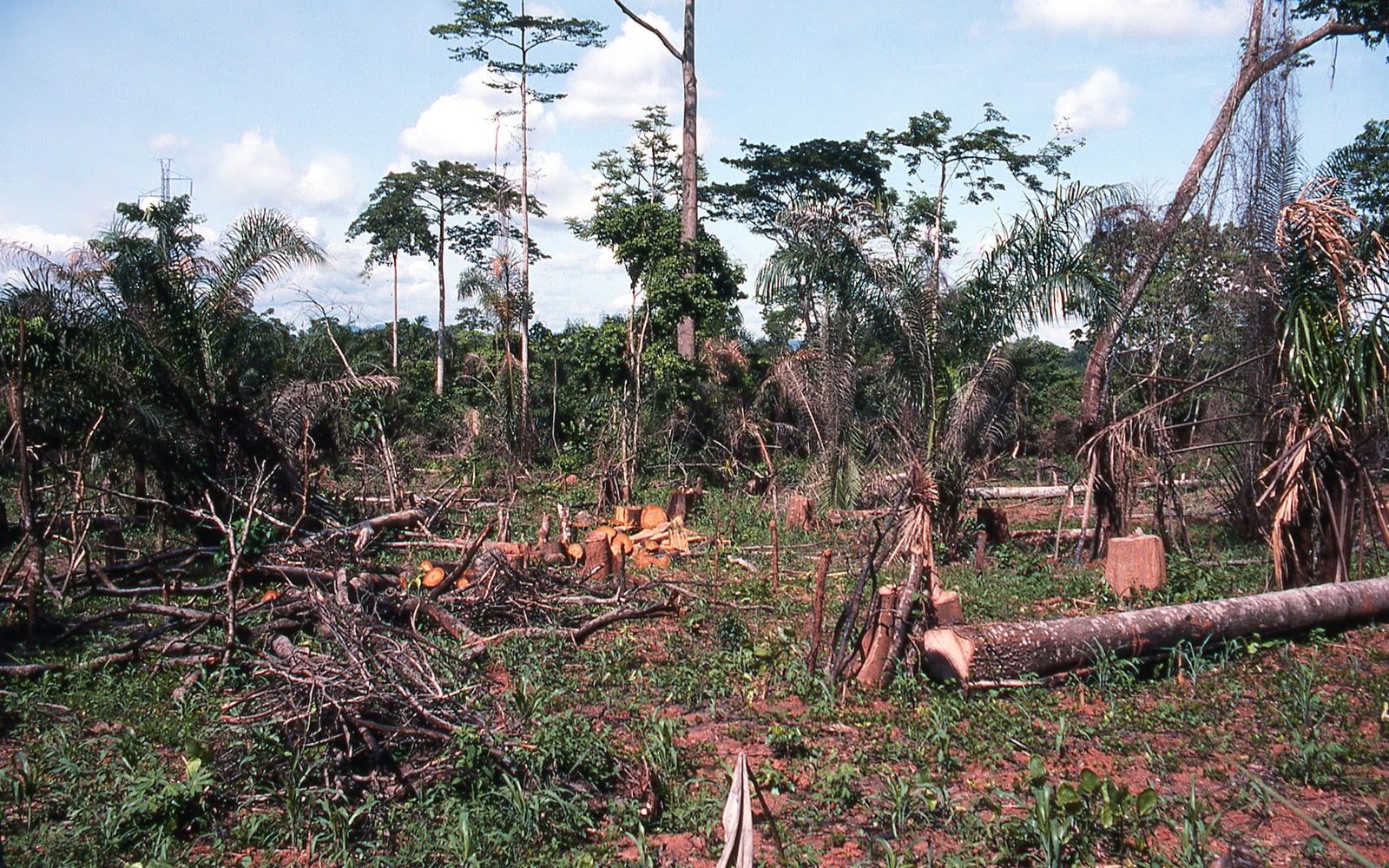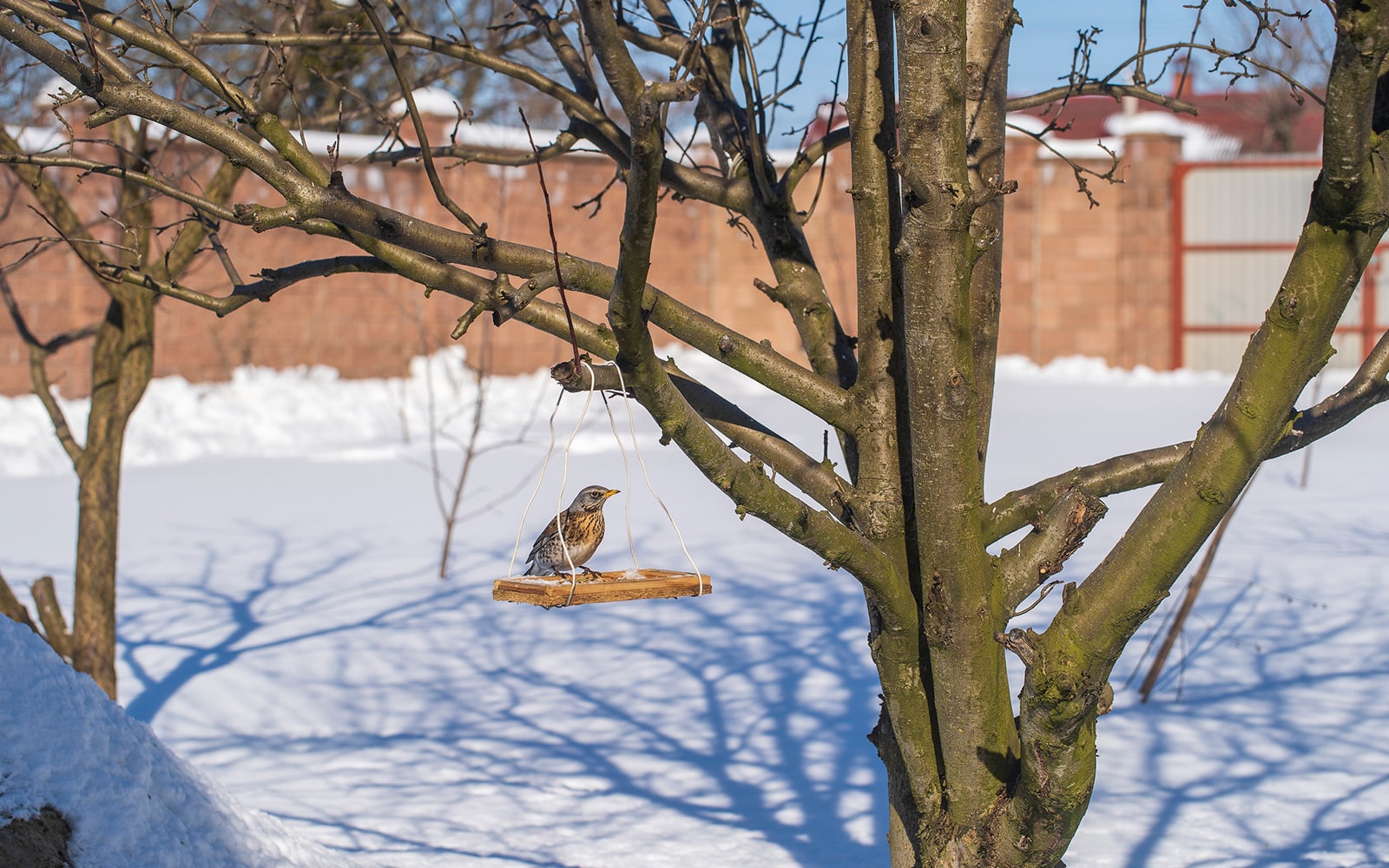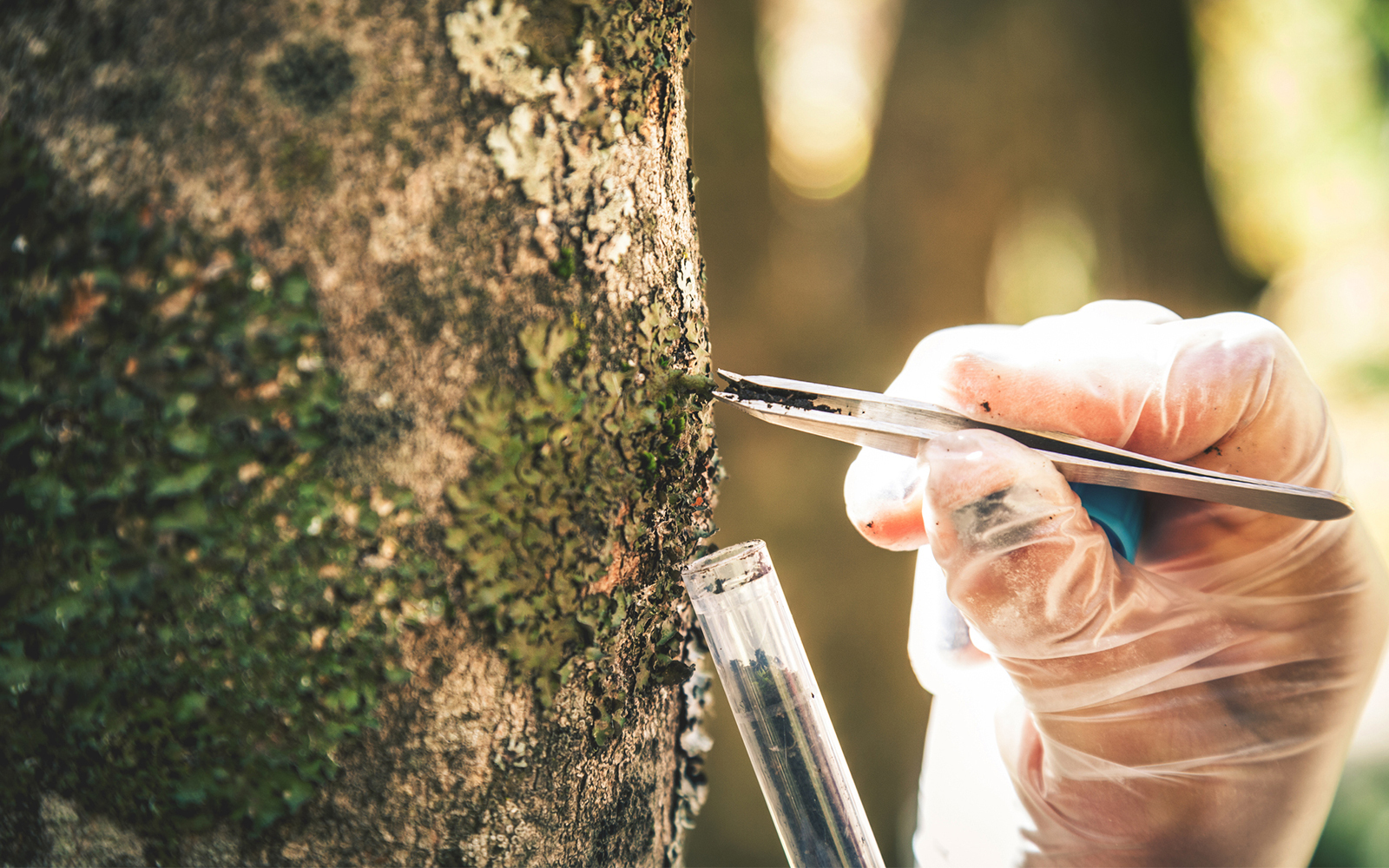Everyone loves trees; they are a beautiful and enriching asset to any property. But if you’re a homeowner with trees on your land, you understand the extent of maintenance that goes into keeping them healthy. It’s essential to keep them thriving and in harmony with the rest of the home and yard. If you’re concerned about the health of your trees, the simplest solution is to call a professional arborist.
Remove your problem tree or try to save it? Contact Tree Time today and let us help you decide.
An arborist specializes in the care and maintenance of trees. It’s their job to take care of trees and make sure they are healthy and safe. They will provide you with all the information you need regarding the condition of your trees and help you care for them. This may include different measures such as cutting off damaged branches, applying chemicals to treat insect or disease problems, and more.
The real difficulty arrives when decisions are made about the removal of trees. While cutting down a tree may be generally undesirable, it can become necessary in many situations. Perhaps the tree is invasive, i.e., positioned so close to windows that the branches are brushing against your house. Sometimes if you plan to renovate or construct additions to your house, a tree may be in a problematic location. A large tree may have its deep roots boring into your home’s foundation. If the tree is unhealthy and the disease can spread to other plants or even pose a danger to you and your family, killing a tree is the right choice.
Whatever the reason, once you’ve decided that it has to be done, there are several factors to consider before you can choose how to kill a tree. The tree’s size and age, the cost involved, the time required to remove, the other plants and trees in the vicinity, etc., have to be taken into account before choosing a method of killing a tree.
How to Kill a Tree by Girdling
Girdling, also called ring-barking, is a method of thinning forests that goes back to the Native American Iroquois tribe. When girdling, the tree’s bark is completely stripped from around the circumference of the portion of the tree being removed. The tree cannot regrow above the girdle to bridge the injury, interrupting the flow of sap between the roots and the tip of the girdled section of the tree. A branch that is girdled will die and fall off. If the tree needs to be removed completely, the entire circumference of the trunk is girdled, causing the area above the girdle to die over the following months.
The extent of killing a tree by girdling depends on the tree’s type, age, thickness, and wood strength. If not considered, these factors can cause process to fail, and your tree will continue to grow regardless of your efforts. Girdling can also be performed by tethering livestock like goats and horses, who love to eat the bark, to the tree. They will start eating the sprouts on the trunk, then continue to eat the trunk’s bark, thus girdling it and eventually killing the tree.
Once the girdles are ready, herbicides must be applied to them within five to ten minutes, or the cut sections will begin to dry out and harden. The application of chemicals accelerates the process and can kill a tree in as little as six months. You can choose from a variety of commonly available tree-killing agents on the market, such as triclopyr (Garlon or Brush B Gon) and glyphosate (Roundup or Killzall).
For those wanting to know how to kill a tree without using chemicals or cutting, the simplicity and cleanliness of girdling makes it a very popular choice. The primary drawback is that it takes a long time to kill the tree, usually many months. To speed up the process, modern methods of girdling involve precise tools and chemicals, as well as protective gear. Instead of making only one cut along the entire circumference of the tree trunk, professionals make two parallel 4 to 5-inch-wide bands, roughly 2-4 inches apart. The depth of the cut depends on the thickness of the tree. Young, thin trees require a cut around half an inch deep into the wood, while large, sturdy trees need to be cut about one and a half inches deep for the girdle to work.
While girdling is a comparatively easy process of killing a tree, it requires caution while handling the tools that are involved, such as axes, hatchets, or electric saws. Apart from this, handling the chemicals and herbicides, mixing them in accurate quantities, and applying them can be dangerous and requires extreme care, practice, and protective gear. If you are not experienced and cautious, spilling herbicides can threaten the remaining plants in your yard that you wish to keep.
To avoid any potential injury or damage to your yard, you can contact a professional tree removal service who will come to your property and advise you on how to kill a tree in your situation. This will save you from doing the hard work and ensure that tree is removed with complete accuracy. They will also take steps to keep your land clean, beautiful, and healthy after removal.
How to Kill a Tree Using the ‘Hack and Squirt’ Method
Some property owners like to cover their bases and are searching for how to kill a tree using a combination of cutting and chemicals. The ‘hack and squirt’ method is as equally effective as girdling when it comes to killing a tree and involves less manual work. This method also consists of making bands around the entire circumference of the trunk. Deep, precise cuts are used to introduce herbicides into the tree. You can use an ax or a hatchet to make two-inch long, downward-slanting cuts into tree trunk that are deep enough to show the lighter colored sapwood.
Before being pulled out of the bark, the head of the ax or hatchet is pushed to the edge of the open cut. The herbicide is sprayed down the top side of the blade and allowed to run deep into the sapwood portion of the tree. This is repeated until the trunk has cuts from edge to edge. There are a number of specially-designed injectors for this purpose, which come in handy if you have several trees that need treatment.
Care should be taken to ensure that the herbicide is sprayed into the bark’s softer wood before it dries up and hardens. Herbicides available on the market come with instructions regarding the amount of chemical that needs to go in each cut, the number of cuts required based on the tree’s circumference, and other detailed information. Different kinds of trees require specific types of herbicides and varying depths of cuts.
Once you’ve succeeded in killing a tree using the ‘hack and squirt’ method, you can call in professional tree removal experts. They will remove the tree with care and precision, preserving surrounding plants and structures.
How to Kill a Tree with Chemicals
Some homeowners are interested in learning how to kill a tree without using sharp tools or heavy equipment. One of the easiest ways of killing a tree that is large and has deep root systems that is harder to cut down is to treat them with chemicals. In this method, deep holes are drilled into the roots of the tree a few inches away from the trunk. It is better to use drills with long bits as deeper holes allow the chemical tree killer to spread farther and more evenly into the roots. Once the holes are made, a chemical tree killer is poured into the holes.
While it is easier to drill holes into the trunk as it is clearly visible above the ground, the roots send all the nutrients and water from the soil to the tree’s farthest tips. Therefore, drilling into the roots ensures that the chemical spreads to the whole tree. A number of chemicals used for the purpose of killing a tree are available on the market, such as Killzall and Roundup, but not every brand is right for every tree. Also, keep in mind that some substances may damage the fertility of your soil or negatively impact the remaining foliage around the tree.
Using a chemical that is not powerful enough for your tree type can cause the process to fail. In that case, the tree will not die properly, and removing it can then become a tedious hassle. If you are having trouble finding the correct chemical tree killer for your problem tree, you can get expert guidance from a professional tree removal company to help you find the right choice. They will also ensure that the chemical works without damaging the soil in your yard or harming surrounding plants.
How to Kill a Tree by Cutting and Treating the Stump
Unless you are a professional, the process of manually removing a tree is not recommended. Though it is the oldest and the fastest method of killing a tree, it is also the most grueling and labor-intensive. It also requires a lot of safety equipment and procedures. You’ll need to shield yourself with protective gear and also secure the area where the tree will fall.
For smaller trees, the drop zone will be minor, but for larger trees with sprawling branches, you’ll need to take additional precautions and do more advance planning before cutting it. It is easier and safer to call professional tree removal services for help if you need to remove a tree on your property. If you have a large lot with many trees, you might consider using professional land clearing services.
It’s important to keep in mind that cutting a tree does not kill the stump. If you allow the stump to remain or do not treat it properly, it will continue to grow. Once the tree is removed, there are many ways to get rid of tree stumps, including applying herbicide on the exposed sapwood, digging, drilling, using chemical stump remover, and more. For all traces of the tree to be removed, ensure that the stump is treated with chemicals or otherwise thoroughly eliminated.
Top Considerations When Choosing How to Kill a Tree
When choosing the best option for killing a tree, be sure to pay attention to some critical points. They can have long-lasting effects on the health of your yard and your family. The best way to kill a tree depends on the type of tree, the kind of soil, the location of the tree, the foliage around the tree, etc. You should carefully consider these factors before you begin the process.
If you get any of these elements wrong before choosing how to kill a tree, you can end up destroying the foliage you wished to keep, having a stump infested with insects or rodents, destroying the nutrients in the soil, or having an ugly stump trying to regrow. Using harsh chemicals, fuel like diesel, or even kitchen salts can damage your soil quality, making it difficult for future plants to grow. Another vital precaution while killing a tree is personal safety gear. Killing a tree involves potentially dangerous tools and chemicals that can cause injury or illness if they are not handled properly. You will want to be well covered in protective clothing, face shields or goggles, and masks before you begin.
If you find yourself having difficulties at any point choosing how to kill a tree, don’t risk your health and damage to your property. Call for expert tree removal help and let an experienced professional take on your problem tree.

